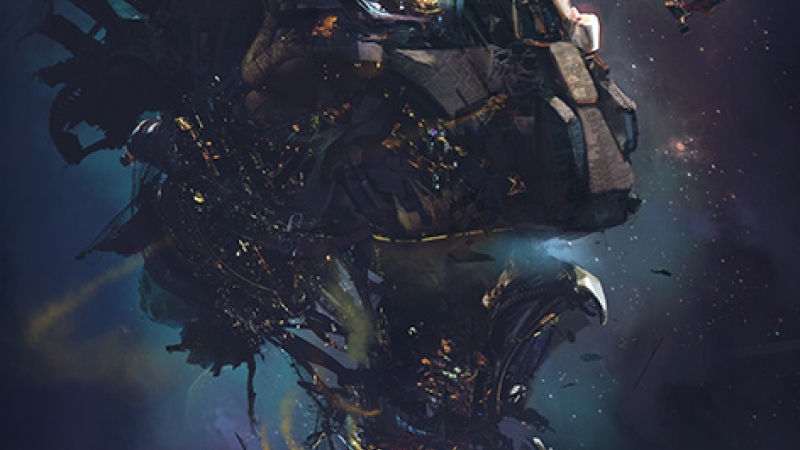
The Tale of Three Brothers: Harry Potter
Warner Bros. Pictures
Harry Potter and the Deathly Hallows has received double-whammy input from Framestore: not only was the VFX powerhouse asked to take on some of the film's key visual effects, Framestore's shortform commercials know-how was additionally commissioned to create the haunting and delicate 2'40" The Tale of Three Brothers animation sequence. The commercials team was awarded the production on their creative approach to developing visuals and animation techniques as evidenced in their work for the storybook sequence in the 2007 film, The Tale of Despereaux.
'This storybook sequence posed a different set of challenges to the rest of the film: namely how do you create a delicate, papery animated sequence in CGI? It was a creative voyage of discovery.'
Dale Newton - Framestore Director
Creating the Storybook Animation
Directed by Ben Hibon (A.D., Codehunters, Heavenly Sword), the hauntingly beautiful and captivating sequence inspired by oriental shadow puppetry, visually narrates Hermione's story about three wizard brothers who try to outwit Death. Led for Framestore by Dale Newton, the animation is created in sepia tones and its mysterious characters are conveyed through silhouettes and shadows, inspired by traditional eastern puppet theatre. The clip is so beautifully detailed and intricate that it required over six months of work by a team that peaked at 32 Framestore VFX artists.

The dreamy design
Framestore's creative energy was put to good use in pre-production by designing all the characters and lighting concepts that would establish the all-important look and feel for the piece. One of the distinctive elements to come out of the design phase was a papery, grainy background which bound the images together well and added to the overall ethereal feel. This had to be translated into something that would work with moving cameras and not be 'pasted over the top' in comp. The sequence was composited by Nuke artists Russell Dodgson and Adam Rowland.

Dressing the characters
Due to the relatively long shot durations, cloth simulation on death's cloak and the bride's dress proved challenging. The brief in the case of Death was to create an ethereal otherworldly movement that felt natural in this stylised world. The team decided that the wizard characters' cloth would have a stiff puppet look to further distinguish them from Death. James Healy created a pipeline to deal with these elements using Maya's NCloth.
Martin Aufinger used Houdini for the magical bridge forming sequence. In order to further the gritty, hand made look; the team experimented with lowering the frames rate on elements in shots. Due to the moving cameras this was impossible as it generated excessive strobing. The only element that stayed on twos was the bridge.

Crossing the bridge
Martin Aufinger used Houdini for the magical bridge forming sequence. In order to further the gritty, hand made look; the team experimented with lowering the frames rate on elements in shots. Due to the moving cameras this was impossible as it generated excessive strobing. The only element that stayed on twos was the bridge.Telecine artist, Simon Bourne, managed the sequence's signature sepia tones by grading in Baselight. This gave the director more latitude to create punchy and dramatic pictures whilst pushing certain elements within the grade.






